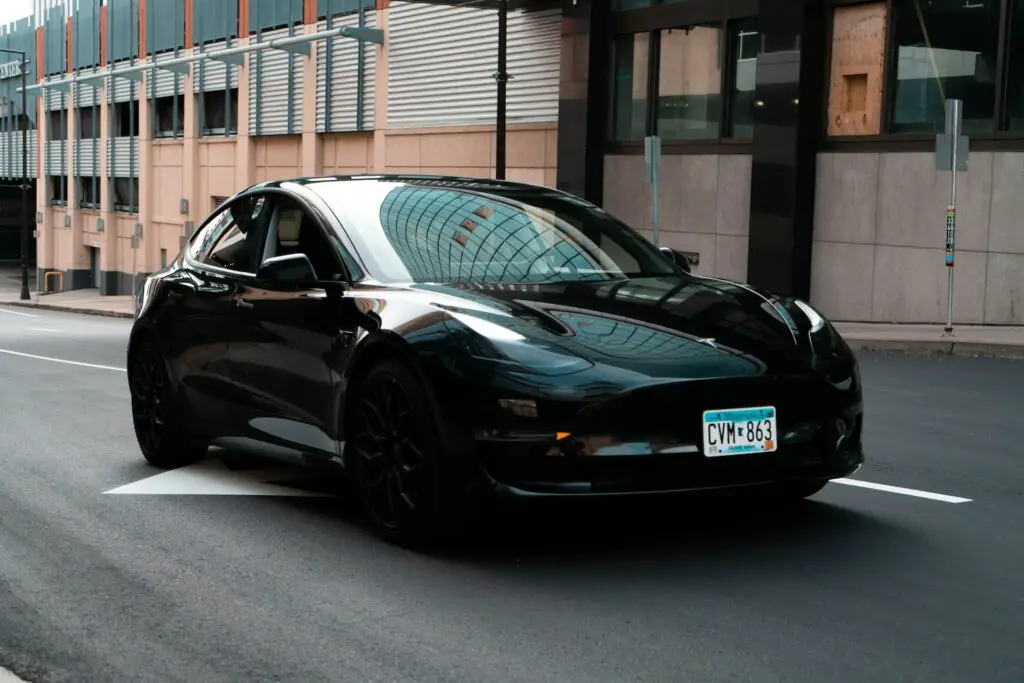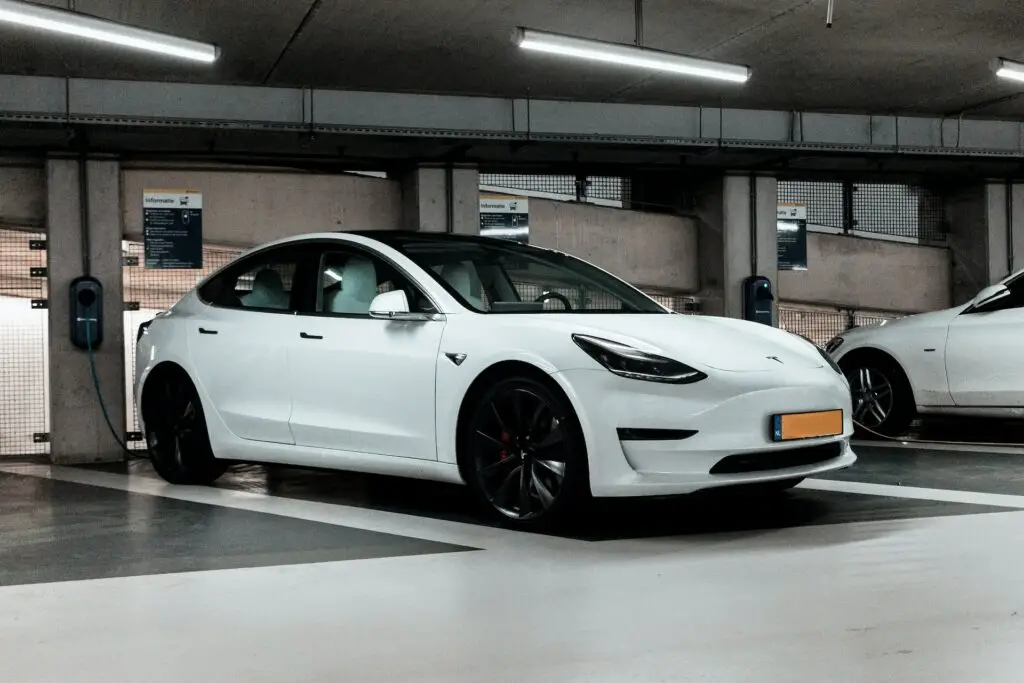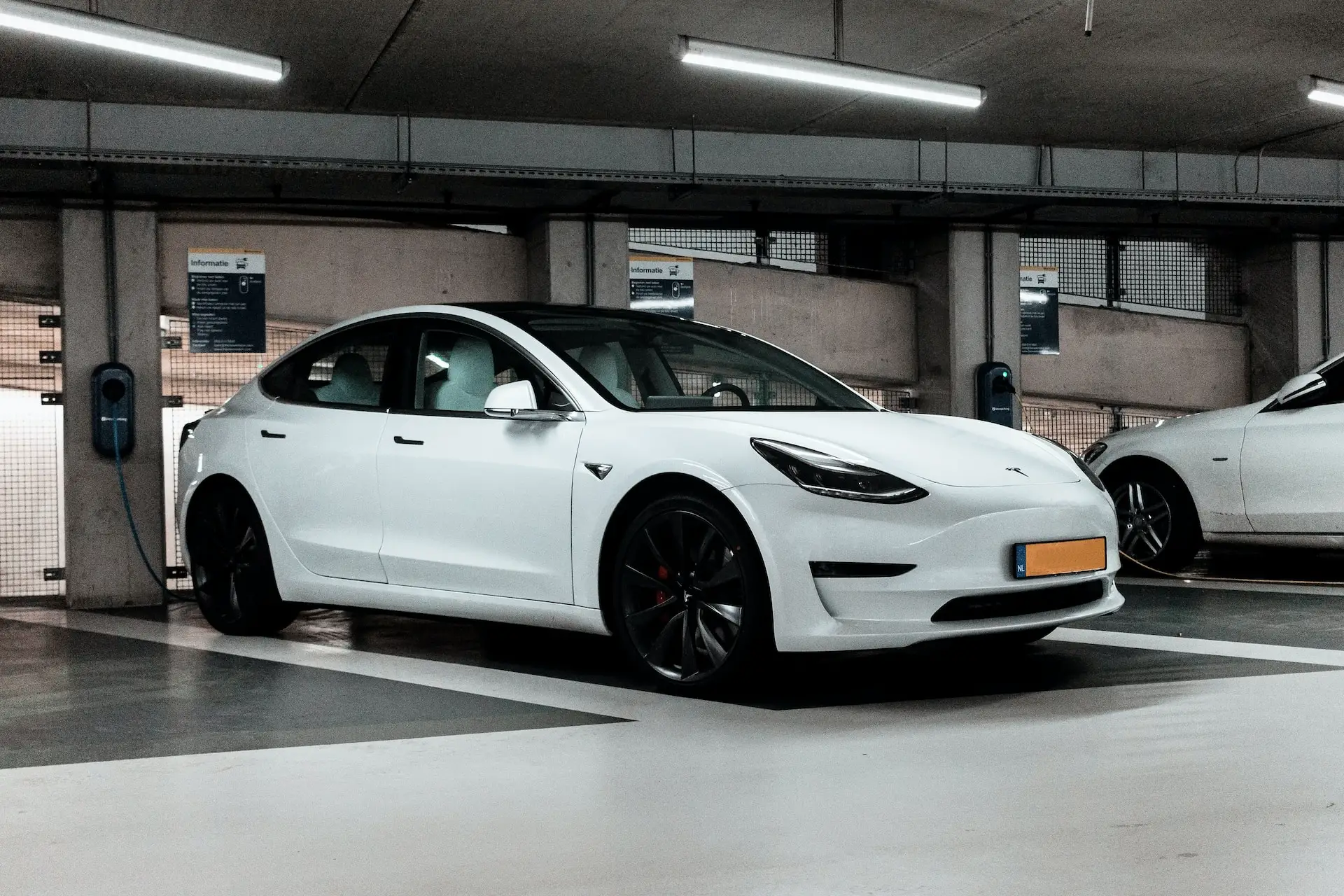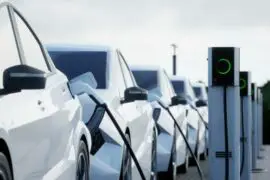In the realm of electric vehicles, Tesla has emerged as a pioneering force, revolutionizing the automotive industry with its cutting-edge technology and commitment to sustainability. A question that often piques the curiosity of Tesla enthusiasts and prospective buyers alike is, “How long do a Tesla stay charged?”
Understanding the intricacies of Tesla’s battery life is crucial for gauging the practicality and convenience of owning an electric vehicle. From range considerations to charging options, this article delves into the factors that determine the duration a Tesla can remain charged and provides insights into optimizing this essential aspect of electric vehicle ownership.

Contents
Tesla Battery Life
Tesla’s battery technology lies at the heart of its impressive performance and range capabilities. Unlike traditional internal combustion engines, Tesla vehicles rely on lithium-ion batteries that power electric motors, delivering a seamless and eco-friendly driving experience. These batteries are engineered to provide optimal efficiency and longevity, contributing significantly to Tesla’s reputation as a leader in the electric vehicle market.
The impact of Tesla’s battery technology on the range is substantial, with each model offering a unique balance of power and efficiency. For instance, the Model S Long Range can achieve over 400 miles on a single charge, while the Model 3 Standard Range Plus offers approximately 250 miles. This variation in range is attributed to factors such as battery capacity, aerodynamics, and drivetrain efficiency, showcasing Tesla’s versatility in catering to different driving needs.
When exploring factors influencing battery life and range, several key aspects come into play. Driving habits play a crucial role, as aggressive acceleration and braking can diminish range due to increased energy consumption. Conversely, adopting smooth driving techniques and utilizing features like regenerative braking can enhance efficiency and prolong battery life.
Weather conditions also impact Tesla’s battery performance, with extreme temperatures affecting both range and charging speed. Cold weather tends to reduce battery efficiency, requiring owners to account for potential range reductions during winter months. On the other hand, hot climates can accelerate battery degradation over time, emphasizing the importance of climate control settings and proper battery maintenance.
Charging Times and Methods
Charging a Tesla is a fundamental aspect of owning an electric vehicle, and understanding the various charging options and their implications is crucial for a seamless driving experience.
Tesla offers a range of charging options to suit different lifestyles and driving habits. Home charging is the most convenient and cost-effective method, utilizing a Tesla Wall Connector or a standard electrical outlet. This allows owners to replenish their vehicle’s battery overnight, waking up to a fully charged Tesla ready for the day ahead.

For longer journeys or quick top-ups, Tesla Superchargers provide high-speed charging at strategically located stations. These Superchargers can deliver a substantial charge in a short amount of time, making them ideal for road trips or on-the-go charging needs. Additionally, third-party chargers, including public charging networks and destination chargers, offer additional flexibility for Tesla owners, expanding the accessibility of charging options.
Average Charging Times:
The charging times for Tesla models vary depending on the charging method and battery capacity. For instance, using a Tesla Wall Connector at home can provide approximately 30 miles of range per hour of charging for models like the Model 3, while Superchargers can deliver up to 180 miles of range in just 15 minutes for certain models.
On average, a full charge for a Tesla vehicle using a home charging setup typically ranges from 8 to 12 hours, depending on the battery size and charging speed. Superchargers, on the other hand, can charge a Tesla to 80% capacity in around 30 to 45 minutes, offering a quick and convenient option for long-distance travel.
Tips for Optimization and Battery Health:
To optimize charging times and maintain battery health, Tesla owners can follow several best practices:
- Set up scheduled charging to take advantage of off-peak electricity rates and ensure a fully charged battery when needed.
- Avoid frequent deep discharges and aim to keep the battery level between 20% and 80% for optimal longevity.
- Utilize Tesla’s range mode and climate control settings efficiently to reduce energy consumption during charging.
- Monitor charging sessions through the Tesla mobile app to track progress and receive notifications when charging is complete.
- Consider installing solar panels or renewable energy sources for eco-friendly and sustainable charging solutions.
Battery Longevity and Maintenance
As with any technology, Tesla batteries undergo gradual degradation over time, influenced by various factors that impact their longevity. Understanding how to care for and maintain Tesla batteries is essential for maximizing their lifespan and ensuring optimal performance throughout the vehicle’s lifecycle.
Battery Degradation and Contributing Factors:
Tesla batteries experience degradation primarily due to cycles of charging and discharging, as well as exposure to external environmental factors. Over time, the capacity of the battery may decrease, leading to a reduction in the vehicle’s range. Factors contributing to battery degradation include:
Charging Cycles: Each time a Tesla battery is charged and discharged, a small amount of wear occurs, contributing to overall degradation.
Temperature: Extreme heat or cold can hasten the deterioration of batteries. High temperatures can cause thermal stress and accelerate chemical reactions within the battery, while cold temperatures can reduce battery efficiency.
Depth of Discharge: Deep discharges, where the battery is frequently drained to low levels, can contribute to accelerated degradation. Avoiding deep discharges and maintaining the battery within a moderate state of charge can help preserve its longevity.

How long do a Tesla stay charged
In conclusion, how long a Tesla stays charged depends on factors like model, driving habits, and environmental conditions. Efficient driving techniques, optimal charging practices, and Tesla’s advanced features help maximize range. Maintenance tips like avoiding deep discharges and software updates extend battery life. With these strategies, Tesla owners can enjoy longer-lasting charges and sustainable driving experiences.





